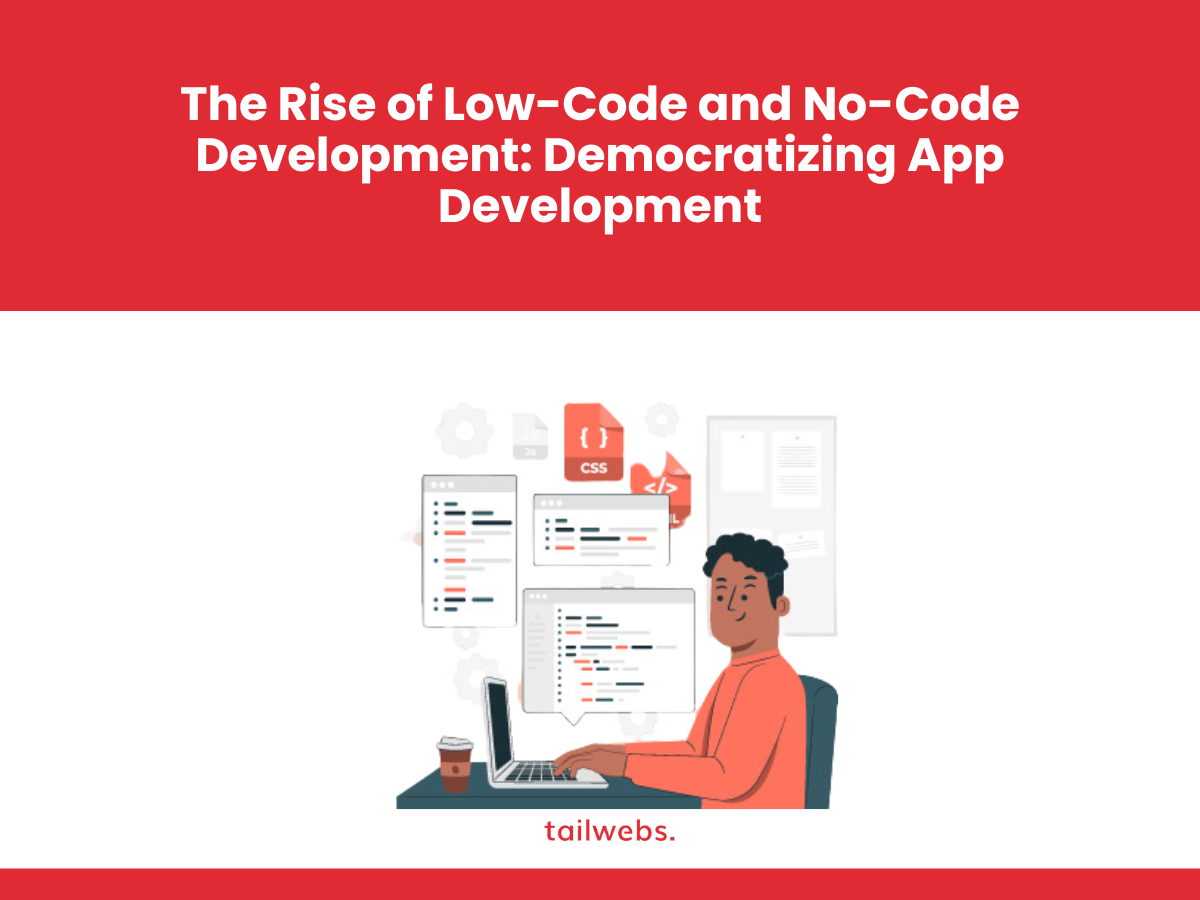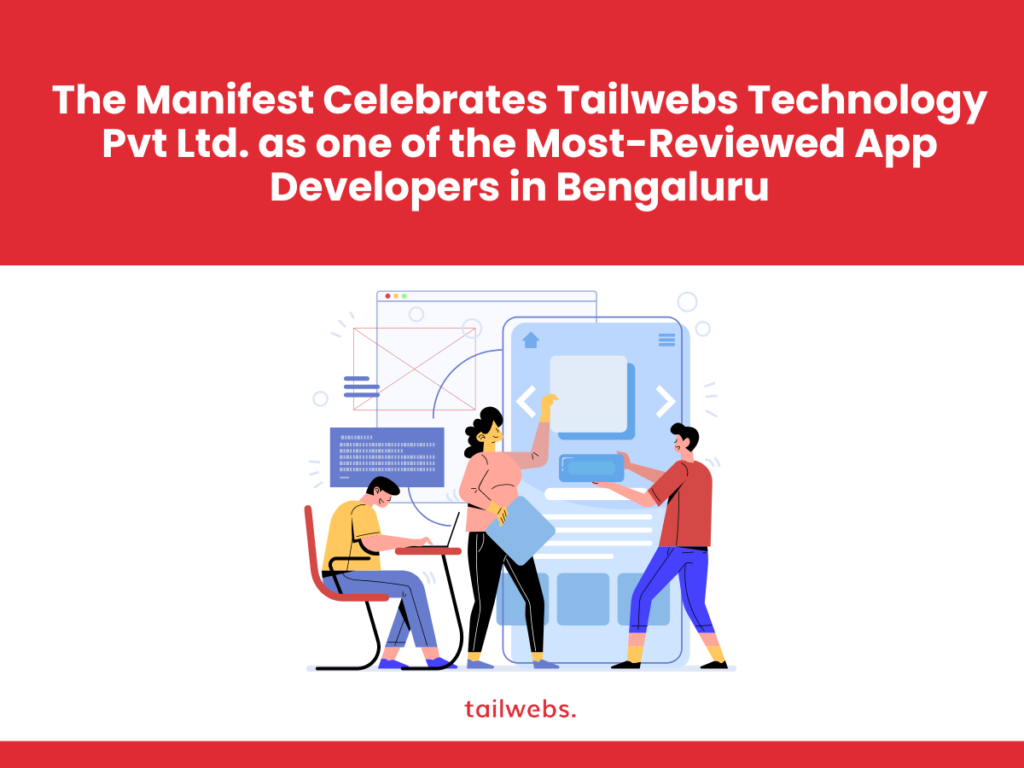Democratizing the Digital Landscape: The Rise of Low-Code and No-Code Development
The days when app development was an exclusive domain of seasoned programmers are fading fast. Enter the world of low-code and no-code development, revolutionizing how businesses and individuals build applications without writing a single line of code. This democratization of app development empowers not just tech giants but also citizen developers, entrepreneurs, and anyone with an idea and the drive to bring it to life.
Unveiling the Power of Low-Code and No-Code:
Breaking Down Barriers:
Low-code tools use drag-and-drop interfaces and pre-built components, while no-code platforms offer visual, intuitive interfaces, making app development accessible to everyone, regardless of technical expertise.
Empowering Citizen Developers:
Business users, marketers, and even students can now create custom applications to automate tasks, streamline processes, and solve problems without relying on IT departments.
Boosting Innovation and Agility:
Rapid prototyping and faster development cycles enable businesses to experiment, iterate, and adapt to changing needs quickly and efficiently.
Reducing Costs and Resources:
Low-code and no-code platforms are often more affordable than traditional development, making app creation accessible to smaller businesses and individuals with limited budgets.
Bridging the Tech Talent Gap:
By empowering citizen developers, these tools alleviate the pressure on overburdened IT teams and allow them to focus on complex projects.
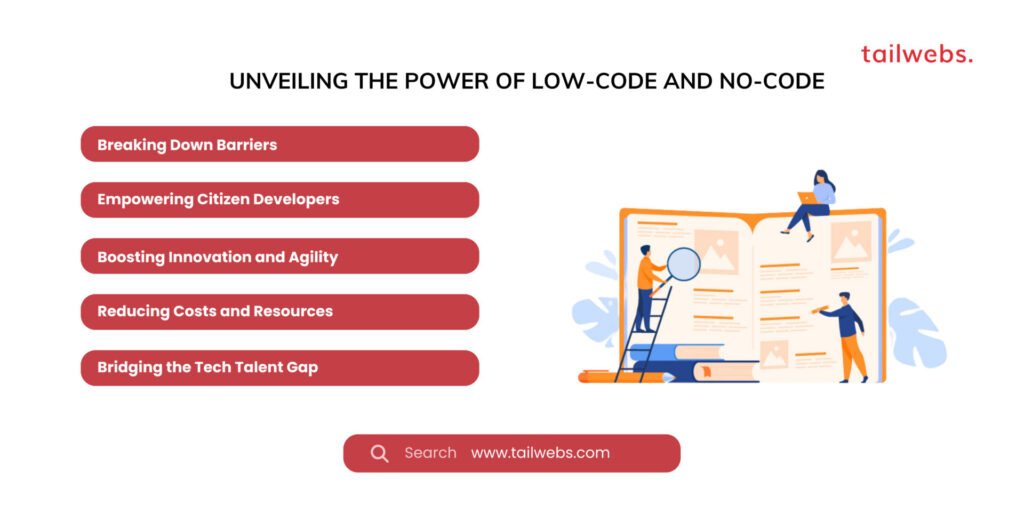
Stats Highlighting the Growth and Impact:
- The global low-code/no-code development market is estimated to reach $57.6 billion by 2027, growing at a CAGR of 31.1%. (MarketsandMarkets, 2023)
- 70% of businesses are already using or plan to use low-code/no-code development tools. (Forrester, 2023)
- Low-code development can reduce app development time by up to 90%. (Appian, 2023)
Choosing the Right Tool for Your Needs:
Assess Your Requirements:
Clearly define the problem you’re trying to solve and the features your app needs.
Evaluate Skill Levels:
Consider the technical expertise of your team and choose a platform with an appropriate learning curve.
Explore Features and Integrations:
Compare functionalities, pricing models, and compatibility with existing systems.
Read Reviews and Compare Platforms:
Utilize online resources and user feedback to gain insights into different options.
Popular Low-Code and No-Code Development Platforms:
Bubble:
Popular for building complex web applications without coding.
Webflow:
Offers visual design and development tools for creating interactive websites.
Appian:
A powerful low-code platform for enterprise-level applications.
Zoho Creator:
User-friendly platform for building custom business applications.
Mendix:
Robust low-code platform for building mobile and web applications.
Glide:
Simple no-code platform for creating mobile apps in minutes.
Challenges and Considerations:
Security and Governance:
Implementing robust security measures and governance frameworks is crucial.
Scalability and Performance:
Ensure the chosen platform can accommodate future growth and handle increasing traffic.
Integration with Existing Systems:
Smooth integration with existing infrastructure and data sources is essential.
Vendor Lock-in:
Be mindful of potential vendor lock-in and choose platforms with open standards and portability options.
Limited Customization:
Complex applications may require coding knowledge or workarounds with low-code/no-code tools.
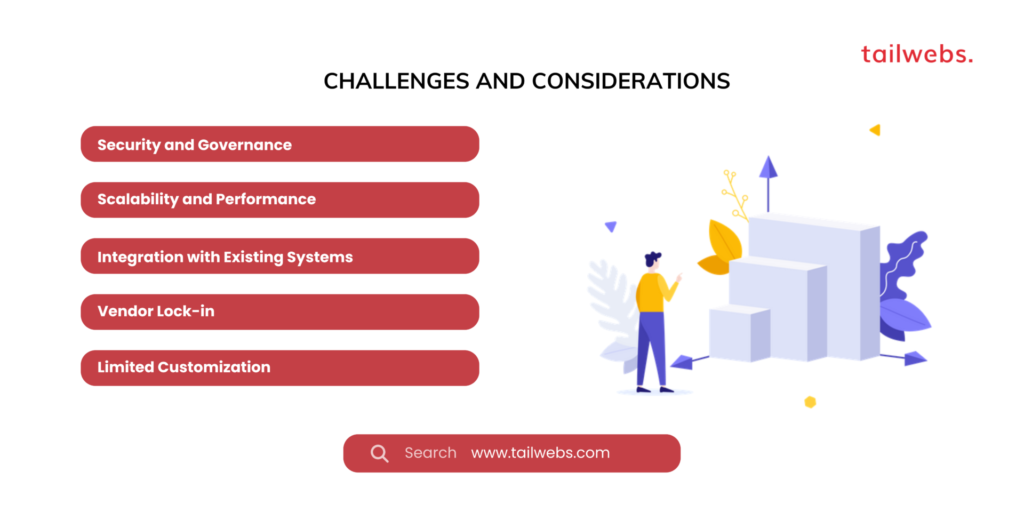
Building a Thriving Low-Code Ecosystem:
Continuous Learning and Support:
Provide training and support for citizen developers to ensure successful app development.
Clear Communication and Collaboration:
Foster collaboration between technical and non-technical teams throughout the development process.
Data Governance and Security:
Implement robust data security and governance policies to protect sensitive information.
Embrace Continuous Improvement:
Encourage feedback, iteration, and improvement of low-code/no-code applications.
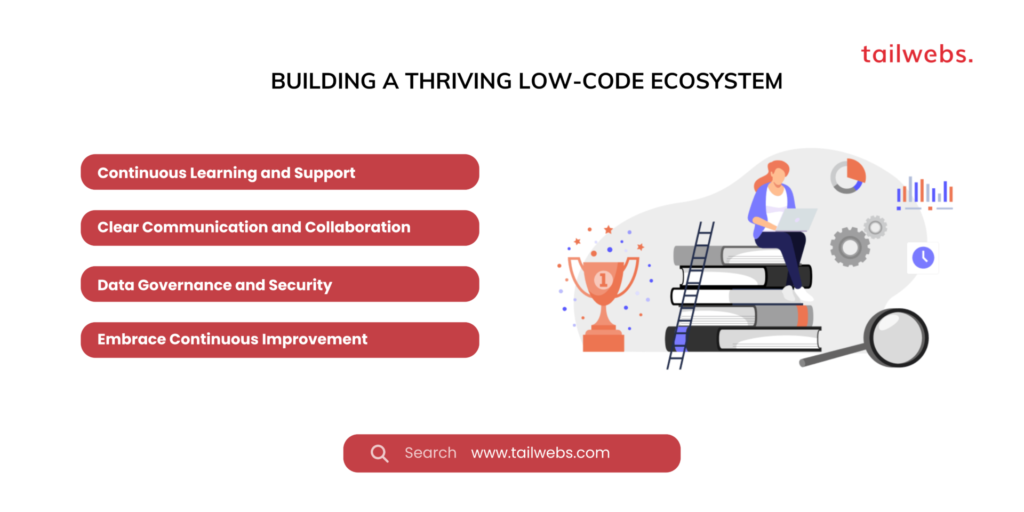
Empowering the Future with Low-Code and No-Code:
Low-code and no-code development hold immense potential to democratize app development, accelerate innovation, and empower individuals and businesses alike. By understanding the tools, opportunities, and challenges, we can unlock the true potential of this transformative technology and build a future where anyone can bring their ideas to life, shaping a more digital and inclusive world.
Conclusion: A Collaborative Canvas for Innovation
The rise of low-code and no-code development paints a vibrant picture of a future where innovation thrives not just within tech giants, but in the hands of individuals and businesses of all sizes. By demystifying app development, these tools empower not just programmers, but citizen developers, entrepreneurs, and dreamers alike to paint their ideas onto the digital canvas.
Remember, adopting low-code/no-code doesn’t necessitate abandoning traditional development altogether. Instead, it’s about embracing a collaborative approach, where citizen developers bridge the gap between business needs and technical expertise, freeing up IT teams to focus on complex projects. It’s about fostering a culture of continuous learning and support, where non-technical users can upskill and contribute meaningfully.
As we navigate this exciting shift, let’s remember the importance of responsible development. By prioritizing data security, ethical practices, and accessibility, we can ensure that the low-code/no-code revolution empowers all, contributing to a more inclusive and equitable digital landscape.
So, are you ready to unleash your inner app developer? Pick up your brush, explore the vibrant palette of low-code/no-code tools, and start painting your unique contribution to the ever-evolving digital masterpiece.

